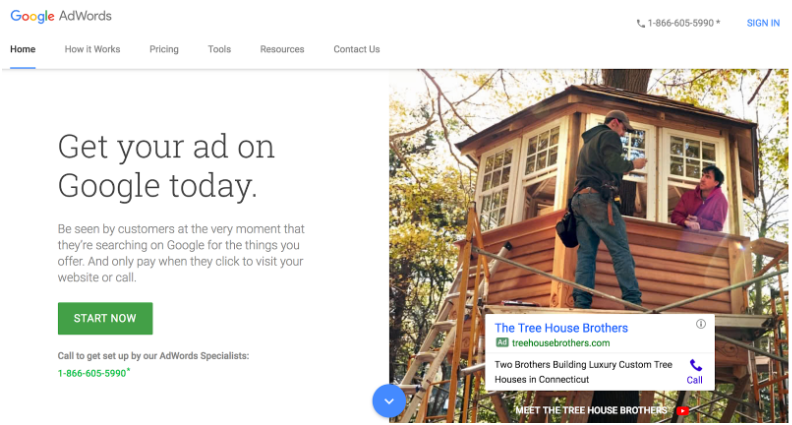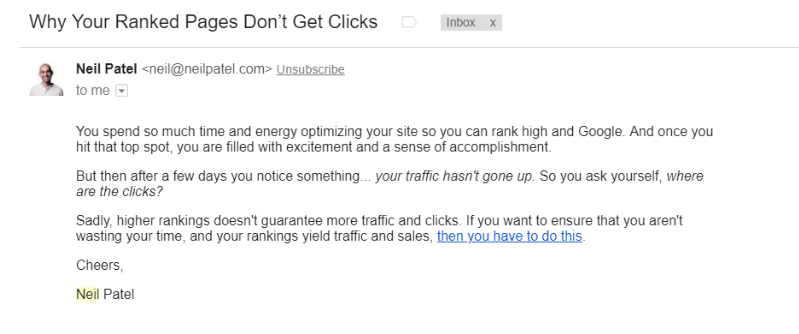
“Content is King”, and just about anyone in the publishing or editing spaces can explain the truth of the sentiment about the importance of digital content and why B2B marketers should measure content performance correctly.
B2B marketers seek to create compelling content of the finest quality to display proudly on their sites: for SEO value, for use in nurturing leads, for establishing thought leadership, and for selling ad space.
Data shows that content is so king, in fact, that content marketing will be a $300 billion industry by 2019.
At the risk of sounding like that child from “The Emperor’s New Clothes,” I have some bad news for “content is King” followers. Generating content for the sake of generating content is like generating no content at all.
Allow me to explain.
Measuring Content Performance Beyond Clicks And Shares
Perhaps second to the “content is King” adage is the one that says “you cannot manage what you cannot measure.” The reality is that the B2B content marketing industry has become so engrossed in creating content that we have failed to analyze the right way to measure our content.
B2B content that is not properly measured may as well be as invisible as the emperor’s new clothes. Many B2B content marketers rely on clicks or shares to crown winning content pieces, but this is a fallacy.
Measuring the performance of content actually requires far deeper and more multi-dimensional analysis than simply views or dollars. We have to examine audience behavior. The list of important KPIs must also include:
Completion rates
Completion rates refer to the amount that viewers actually read through the content on your blog or website. It’s important to know how far readers get in your content in order for you to accurately measure how your content is performing.
Time on page
Time on page is another important metric for you to understand in order to measure your content’s performance.
A high time spent on page means your content is effective in keeping readers interested and engaged.
Share rates
Share rates refer to how many times a content piece has been shared by a reader on their social networks. There are a variety of reasons why people share content socially, but regardless of the reason, high share rates indicate powerful content that provides great value.
Virality factors
Virality factors include:
- Arousal of emotion
- Practicality
- Readability
- Trustworthiness
- Visual Appeal
If your content encompasses these factors, there’s a high chance you will be able to go viral with it, reaching thousands of people and prospective clients.
Back To The Future
Another saying that holds truth in the B2B content kingdom is “you can't know where you're going until you know where you've been.” A crucial element to understand when measuring the success of content pieces is to determine which pieces engaged the newest users from external channels. Then, gauge which content pieces caused users to continue reading other pieces and stay engaged on the site. Finally, track the ones that caused users to return to the site.
Combining this data with a dimension of time yields a subset of content pieces that attracted the most external users, engaged them to multiple pieces on the site, and compelled them to return to the site within a given time period.
B2B content pieces that can do that are far more valuable than the ones that simply cause a page view or social interaction.
Building Loyalty
The value of a content piece (or category) that causes loyalty and retention over time is exponentially better than one that prompts social shares. By tracking those pieces, companies are able to funnel further promotions to successful pieces to encourage more loyalty and retention over time.
One example of content promotion is driving traffic to your content via paid ads. Google AdWords, for example, allows you to target specific keywords relevant to your content and have them show up as a paid advertisement in SERPs when users search for those terms.

You can also promote your content in social media posts and through email marketing. Neil Patel is a master of promoting content via email:

Furthermore, B2B marketers can create a content marketing strategy that focuses content production efforts on the type of content that has the greatest effect: a viral one.
The Makings Of Virality
We often mistake popularity for virality.
A popular content piece is one that is shared most, irrelevant of time. Virality is usually measured in shorter time frames, ranging from one to three days after first publishing a content item. The content that experiences exponential growth within a couple of days is considered to be viral and can be most effectively monetized.
To be able to contribute to the virality of B2B content pieces, we must be able to understand the behavior of the cohort that is most likely to share a similar piece. By exploring what type of users demonstrate the best sharing patterns, we can then further drill down into the cohort’s content preferences, and conclude which type of B2B content to generate (and deliver as relevant suggested content) for the most virality.
A great example of a viral B2B content campaign is VeriSign’s Liberty Fillmore, the Cart Whisperer. They launched a campaign targeting ecommerce retailers about the challenges of abandoned shopping carts. This entailed a series of humorous videos about the Liberty Fillmore “Cart Whisperer” who taught how website shopping cart abandonment is preventable. The videos received over three million views on YouTube.
User Behavior Analysis: How to Create Content Worthy Of A King
To create content that is effective and profitable, it must be measured and tracked….but not just by clicks and shares. The King’s content must take media analytics to a whole new level: one that helps with B2B user behavior analysis and uses insights from it to crown a winner.
Start measuring your content performance right. Contact KeyScouts, today, for a free consultation or a content audit.
Ready to speak to someone at KeyScouts?







